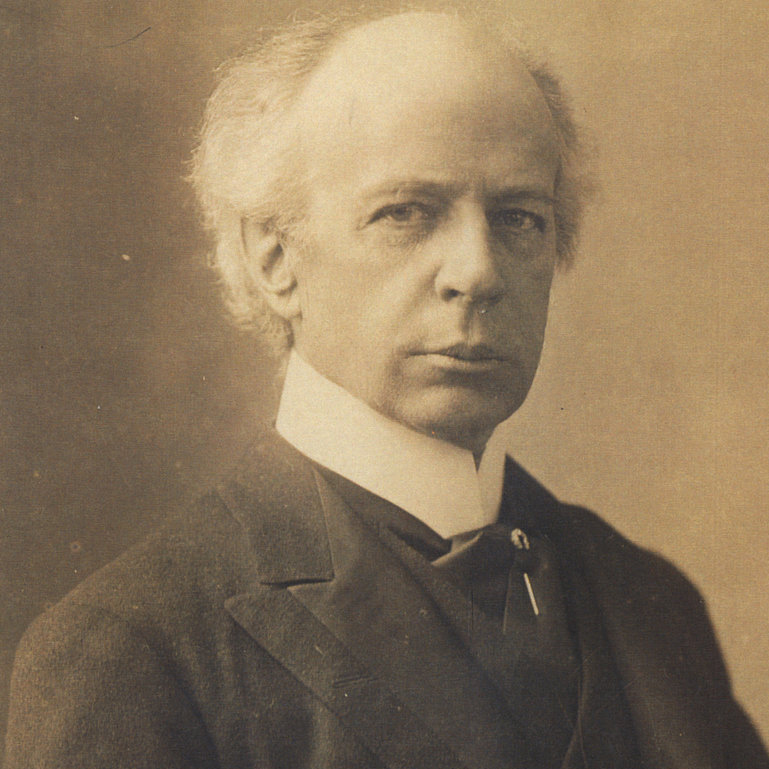We use cookies on this site to enhance your experience.
By selecting “Accept” and continuing to use this website, you consent to the use of cookies.
Search for academic programs, residence, tours and events and more.
Sir Wilfrid Laurier (1841–1919), Canada’s seventh prime minister, was a towering figure in Canadian politics, serving in federal office for an extraordinary 45 years. Known for his eloquence, vision and nation-building ambitions, Laurier became the first Francophone to lead the country, holding the office of prime minister from 1896 to 1911. His tenure marked a pivotal era in Canada’s development – one that helped shape the modern nation but also entrenched policies whose harmful impacts are still felt today, particularly in relation to Indigenous peoples and immigration.
Born in Saint-Lin, Canada East (now Quebec), Laurier studied law at McGill University before entering politics. He was elected to the House of Commons in 1874 and became leader of the Liberal Party in 1887. As prime minister, Laurier presided over a period of economic growth, Western expansion and national consolidation. His government welcomed Alberta and Saskatchewan as provinces in 1905, promoted industrial development and supported the construction of transcontinental railways including the Grand Trunk Pacific and National Transcontinental.
Laurier worked to foster unity between English and French Canada, was a champion of Canadian autonomy within the British Empire and sought stronger continental ties with the United States.
Laurier’s legacy is also defined by policies that prioritized settler colonialism and racial exclusion. The expansion of settlement into western Canada under Laurier came at great cost to Indigenous peoples. Laurier’s government facilitated the signing of Treaties 8, 9 and 10, which enabled settler expansion and resource extraction across vast Indigenous territories across northern Alberta, Saskatchewan, British Columbia and the Northwest Territories. These treaties were often poorly honoured, and reserve lands were surrendered under coercive conditions.
Laurier’s government also oversaw a significant expansion of the residential school system, opening 30 new schools. Despite official knowledge of the dangerous conditions and high mortality rates in these institutions – as reported by Dr. Peter Bryce in 1907 – Laurier’s government failed to act.
While Laurier’s government dramatically increased immigration, growing Canada’s population by 40 per cent, this growth was guided by a racially discriminatory hierarchy. Laurier’s administration implemented and expanded policies that limited immigration from Asia, Africa and the Caribbean, including increasing the Chinese Head Tax, restricting immigration from India through the Continuous Journey Regulation, and limiting Black settlement from the U.S. south.
Additionally, Laurier’s government supported British imperialism on the African continent, notably sending Canadian troops and funds to the South African War (1899-1902), reinforcing Canada’s role in global imperial ambitions.
Sir Wilfrid Laurier died in 1919 while serving as leader of the opposition. He is remembered as one of Canada’s most skilled political leaders and a key architect of Canadian development during the early 20th century. Yet today, scholars and communities increasingly recognize that Laurier’s vision for Canada, while progressive in some areas, also entrenched systems of racial exclusion and Indigenous dispossession. Understanding Laurier’s legacy requires grappling with both his nation-building accomplishments and the harms carried out under his leadership – many of which continue to shape Canadian society today.

Sir Wilfrid Laurier